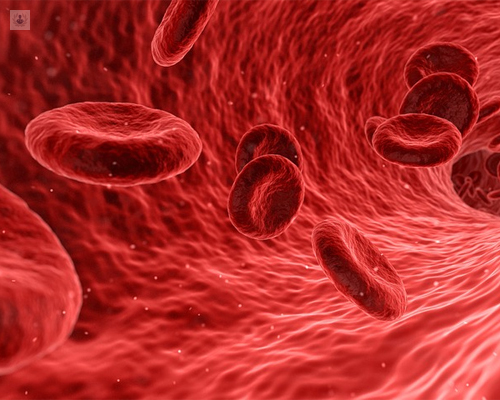vascular malformations
Written by:It is an alteration in the development of cerebral vascularization that causes the appearance of cerebral vessels (veins or arteries) with alterations in their structure that makes them more fragile, and therefore with a greater tendency to rupture and cause a cerebral hemorrhage or hemorrhagic stroke.
Regarding its causes, it is known that these are genetically determined alterations, although the exact mechanism is unknown for most of the different types of vascular malformations. With few exceptions, the fact that there is a genetic basis in their origin does not mean that they are hereditary , although in some cases it is necessary to rule out this possibility.
Most of these lesions are asymptomatic and only become apparent at the time of their rupture, causing a cerebral hemorrhage. Some of them may manifest in the form of epilepsy and more rarely with neurological signs such as progressive headache, visual disturbances (double vision or loss of visual acuity).

The proper treatment
In the case of a malformation that manifests as hemorrhage, the treatment will depend on the volume of it and its impact on the patient's clinical status, so that small hemorrhages can be treated symptomatically with analgesia, rest and specific medication , always entering a hospital center, to the largest hemorrhages that may require surgical evacuation when the volume of bleeding can compromise the patient's life or leave irreversible sequelae.
A second point, not less important, is that of the treatment of the cause of the hemorrhage, that is, of the vascular malformation itself. Depending on the type of injury, current technology allows treating and eradicating these injuries with procedures called endovascular (catheterization of cerebral arteries), with surgery to remove the lesion and even with radiosurgery (a particular type of radiotherapy), not being uncommon the combination of these three techniques to get the best possible result.


